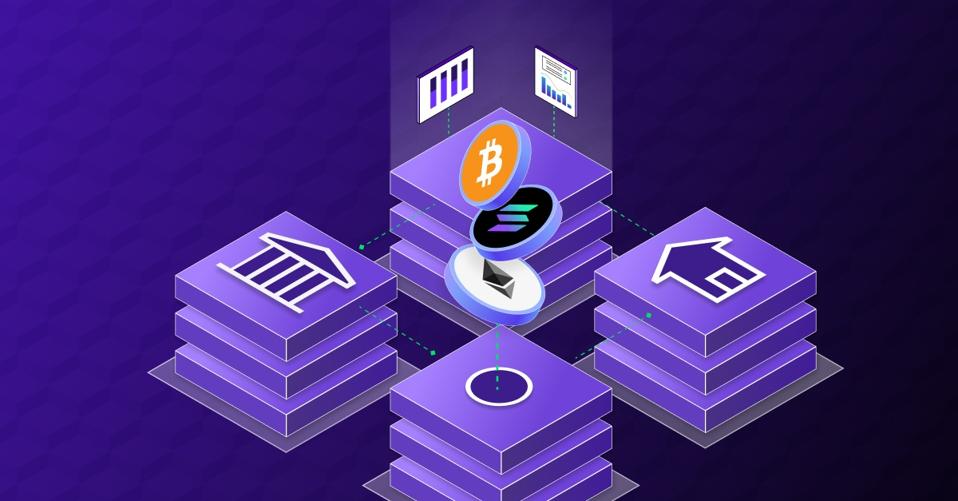In the past, the crypto world often felt like an exclusive club — full of innovation, but also volatility and risk. Traditional investors tended to watch from the sidelines, skeptical of decentralised assets that lacked transparency or regulation. But things are changing rapidly in 2025.
The bridge connecting Wall Street and Web3 is being built through tokenised real-world assets (RWAs) — assets like real estate, bonds, or private equity, represented as tokens on blockchain networks.
What Are Tokenised Assets?
Tokenised assets take something tangible — say, a commercial property or a U.S. Treasury bond — and represent ownership of it through digital tokens on a blockchain. Each token reflects a fractional share of the underlying asset.
This means you no longer need millions to invest in property or private funds. You can own a small piece — all tracked transparently and securely on-chain.
Why Traditional Investors Are Paying Attention
There are several reasons traditional investors are now warming up to tokenised assets:
Regulatory clarity is improving.
Major jurisdictions are developing clearer frameworks around tokenisation. For example, licensed digital asset custodians and regulated platforms are making it easier for institutions to participate.
Liquidity and accessibility.
Historically, assets like real estate or private equity were illiquid. With tokenisation, investors can buy, sell, or trade fractions on secondary markets, unlocking liquidity that never existed before.
Institutional-grade infrastructure.
Companies like BlackRock and JPMorgan have already begun exploring blockchain-based asset tokenisation — signaling that this isn’t just a crypto experiment anymore.
Familiar assets, new efficiency.
Tokenisation doesn’t require investors to take on “crypto-native” risk. They can hold regulated, real-world assets using blockchain technology as the backbone — effectively combining safety with innovation.
The Roadblocks to Scale
Of course, adoption isn’t without challenges.
- Regulatory fragmentatiostill exists across countries, slowing cross-border token trading.
- Custody and compliance concerns remain top priorities for large funds.
- Technology integration with legacy systems takes time and investment.
Still, progress is undeniable. Every month brings new partnerships between traditional financial institutions and blockchain providers.
The Future: Hybrid Finance (TradFi + DeFi)
If 2024 was about exploring tokenisation, 2025 is about scaling it. We’re moving toward a hybrid finance ecosystem, where both worlds — TradFi and DeFi — coexist seamlessly.
For investors, this means more opportunity, transparency, and accessibility than ever before.
So, can tokenised assets bring traditional investors into crypto at scale?
The answer looks increasingly like yes — not by pulling them into “crypto” as we once knew it, but by transforming the financial system itself through tokenisation.

